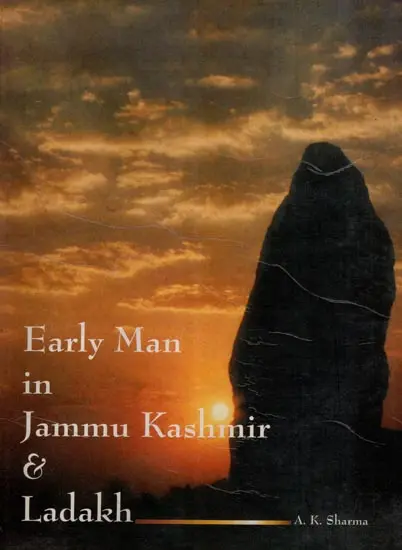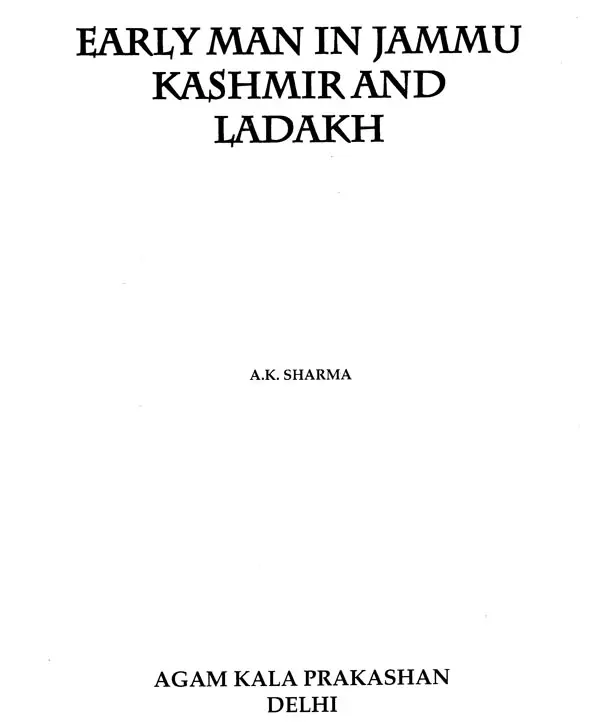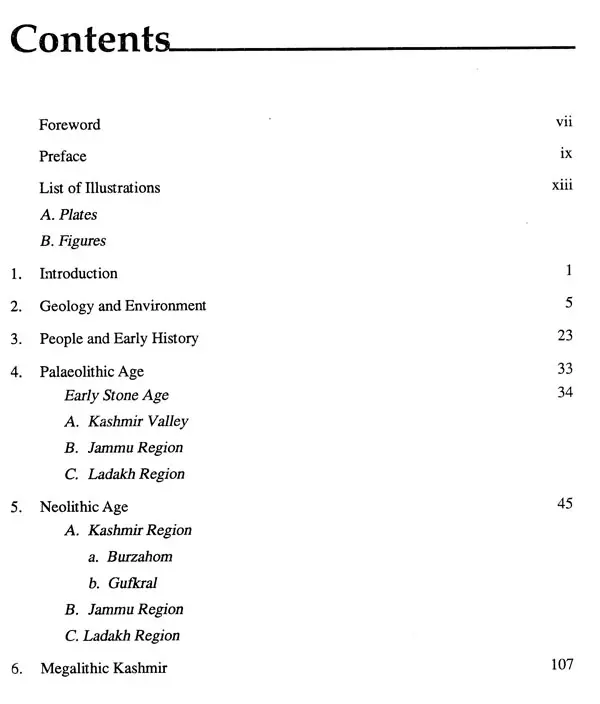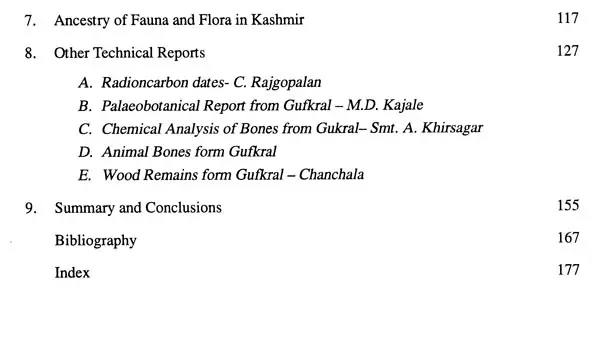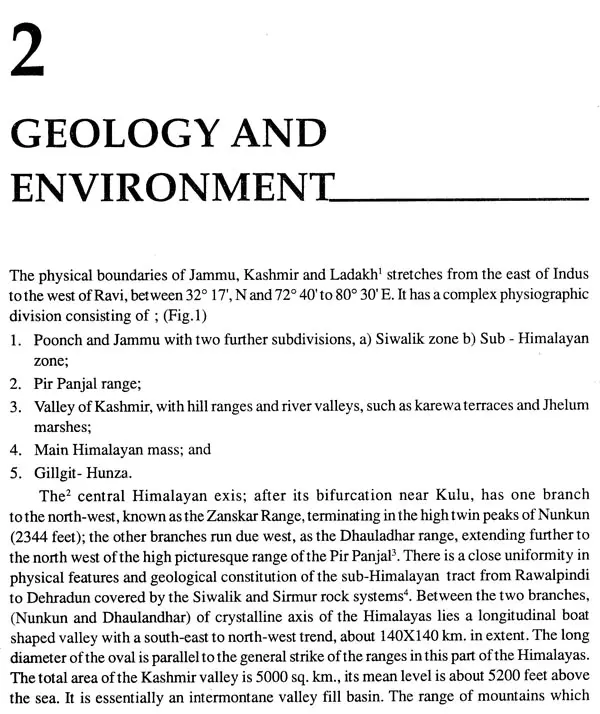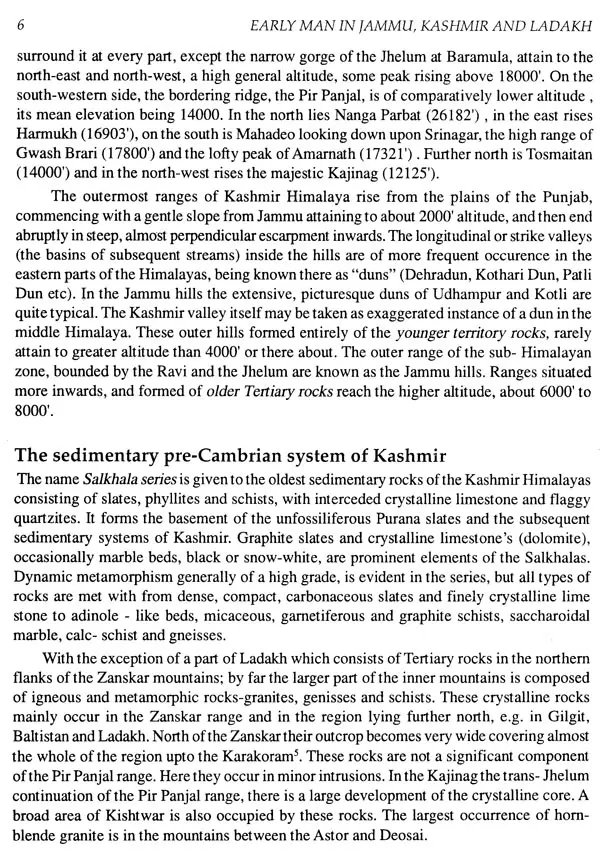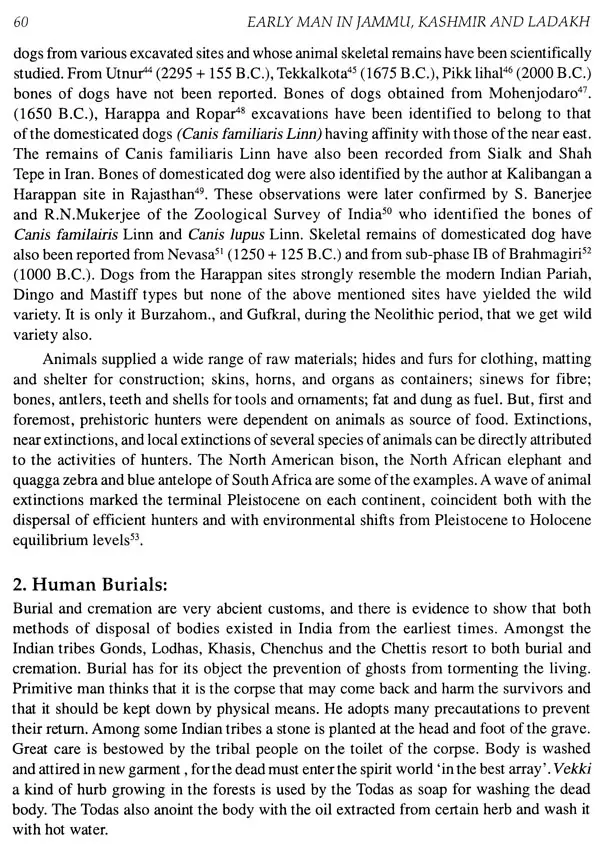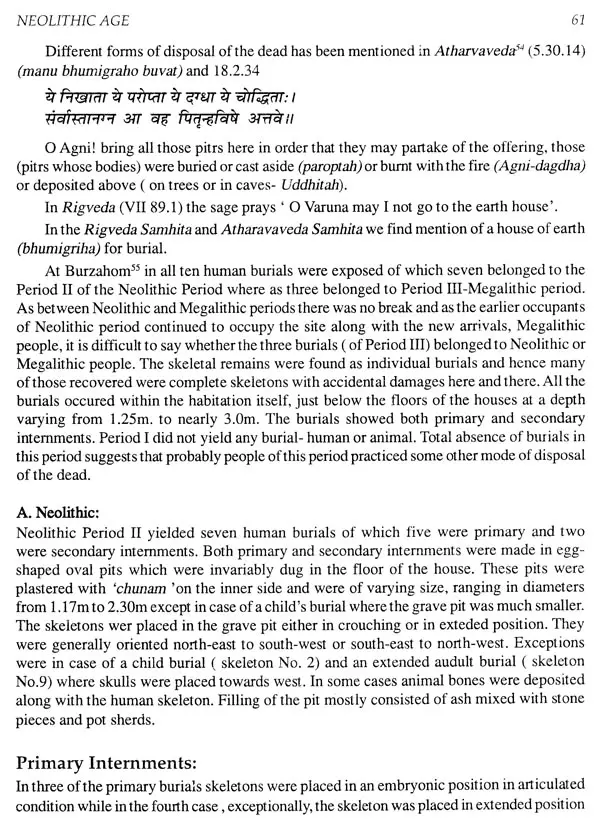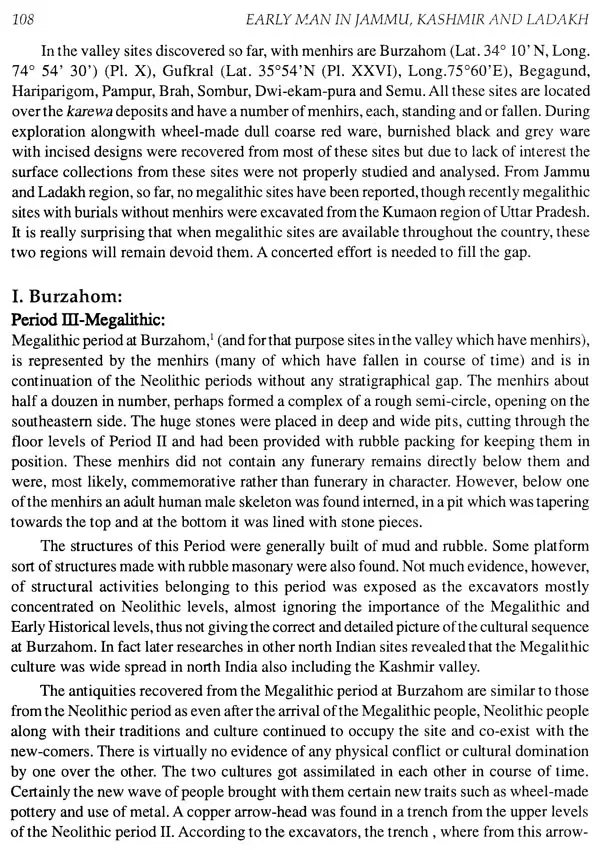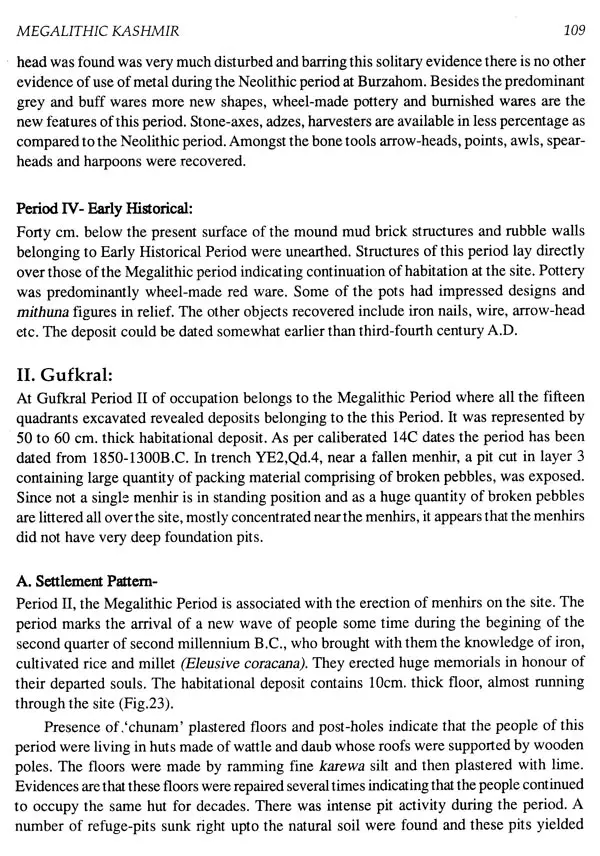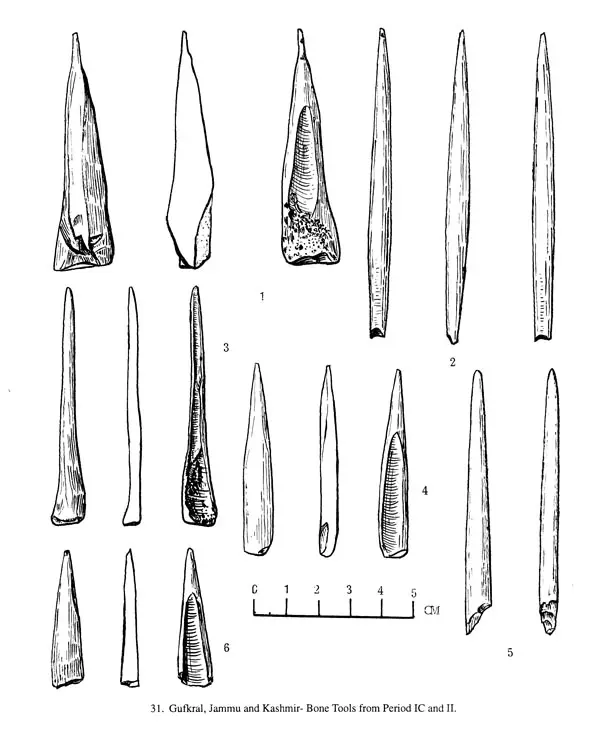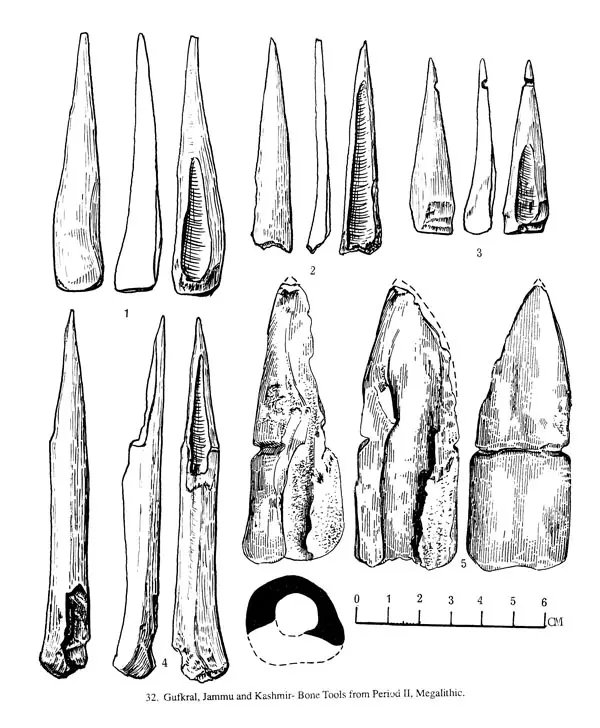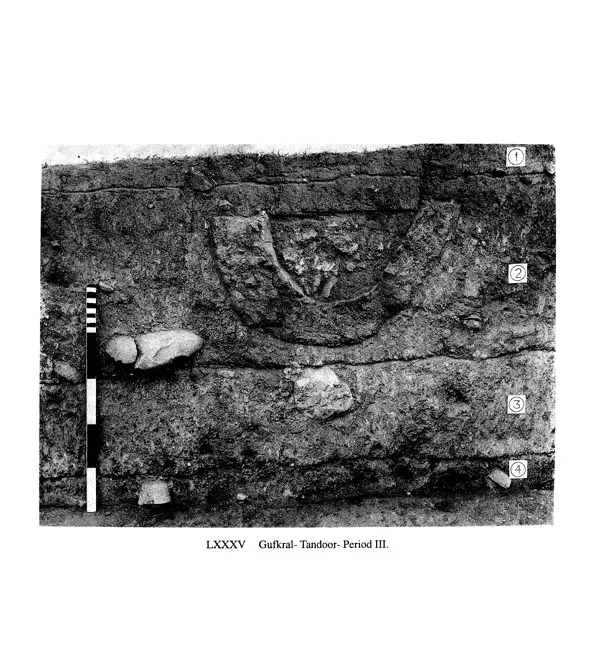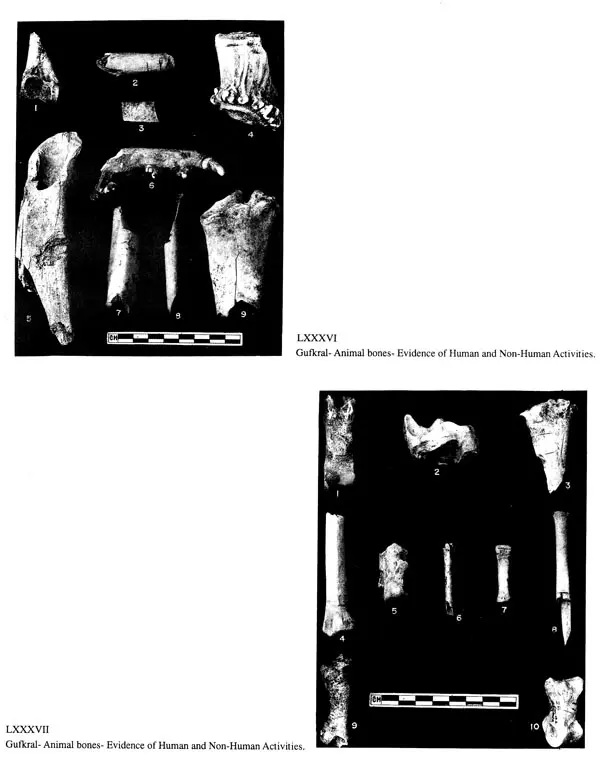About the Book From the Lives the Hindukush and Pir Panjal rose to their present height, Jammu, Kashmir and Ladakh, the crown region of India, has been the abode of Early man. After the discoveries of de Terra and Paterson in 1935; multi disciplinary scientific Investigations in the region, have resulted in accumulation of vast data, regarding the emergence and development of Early Man in India. Now it appears that the enchanting 'Vale' of Kashmir was the place where Early Man evolved first. The scientific excavations in the region have now proved that as early as nearly 5000 years back the people in the region had close contacts with the Harappans of Indus Saraswati basin and also traded the West, Central and East Asia, Scientific studies have also revealed that the Neolithic people of Kashmir belonged to the same stock to which the harappans belonged. They were like two brothers, one going to the town where as the other continuing to look after the property of his forefathers.
The book is an attempt for the first time, to living before the scholars and public, the vast scientific data from explored and excavated prehistoric sites, from the region in order to demonstration to how the region was the cradle of development of man in India and how many things like iron made their first appearance in India from this valley, It was not during Asoka but thousands of years prior to that; that human civilization grew and developed in this region in close affinity with the rest of the Indian subcontinent and always remained a land of culture, charm and beauty.
About the Author Shri A.K. Sharma is an archaeologist of repute. He is Internationally known for his original contributions in the field of archaeology and anthropology. During thirty three years of his hectic career, in different capacities in the Archaeological Survey of India he explored and excavated a number of sites throughout the length and breadth of the country, particularly in remote and inaccessible areas of North-East India, Jammu-Kashmir and Lakshadweep. For the First time, through his field works he brought Sikkim and Lakshadweep Islands in the Archaeological map of the country. To his credit goes the discovery and excavation of the biggest Stone age site Anangpur (near Delhi), the biggest prehistoric cave of kachagad in Maharashtra, the sprawling nucleus megalithic site in Chhattisgarh, unique Neolithic site of Gufkral in Kashmir valley, early historic sites of Sekta in Manipur and Vadagokugiri in Garo Hills of Meghalaya. He is also known for the discovery of horse bones of domesticated horse in Harappan context which have been Internationally acknowledged and has changed the whole theory about Aryan Migrations. He has to his credit more than 50 published research papers on anthropology, archaeology.
Prehistory and other aspects of archaeology. His recent books, (1) Emergence of Early Culture in North-east India, (ii) Prehistoric Delhi and its Neighbourhood, (iii) Manipur, the Glorious past, (iv) Early man in Eastern Himalayas, (v) Prehistoric Burials of Kashmir, (vi) The Departed Harappans of Kali Bangan and his popular writings in the India Magazine have been widely acclaimed. From 1993 to 1994 Shri Sharma was the leader of Indian team in Indira Gandhi National Centre for the Arts, New Delhi where under Indo-French Rock Art Project, he conducted detailed excavation in the rockshelters at Jhiri (near Bhopal). Presently he is working as senior fellow of Indian Council of Historical Research on his project " Megaliths of Chhattisgarh including Bastar". His recent book on History of Tansa valley is being published by Gurudeva Siddha Peeth Ganeshpuri, Mumbai. Presently he is the Director of Excavation At Mansar in Maharashtra.
Introduction Man is an arboreal animal which has left its arboreal life. In the interglacial period, possibly in the outer Himalayas, there was excessive destruction of forests on which anthropoids lived. This forced the surviving anthropoids to live as ground apes and change their mode of feeding. Gradually driven to terrestrial life, anthropoids became men and tool making creatures. So far there are no definite evidences about the original home of various human groups of different regions and the evidences of primitive migrations are few. The destinies of people in a particular geographical area are influenced by the oscillations of the terrestrial crust, rise of the mountains, fall in the water pool levels, which modify the topography and climate of the region. These modifications did not come suddenly; they were gradual. During all these periods men and animals adopted and adjusted themselves gradually to the new conditions of life. As Dr. H. D. Sankalia said in 1962 in his book Indian Archaeology, "Man was after all not only 2300 years old in India, boasted of a civilization some 5000 years ago, then naturally it should have a beginning."
Book's Contents and Sample Pages
